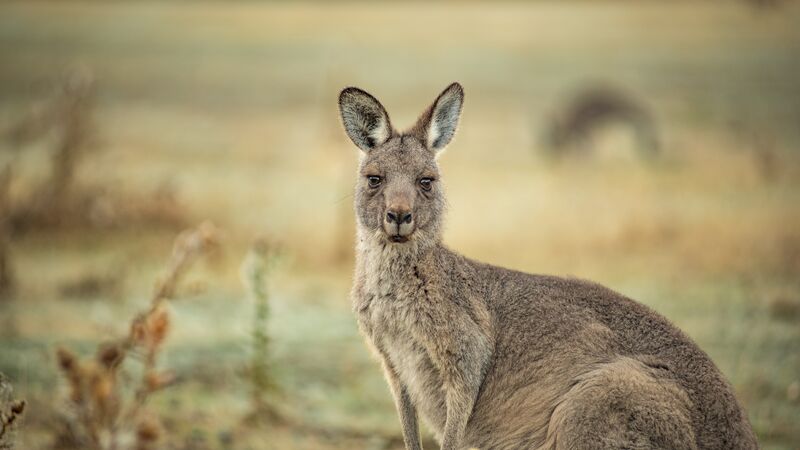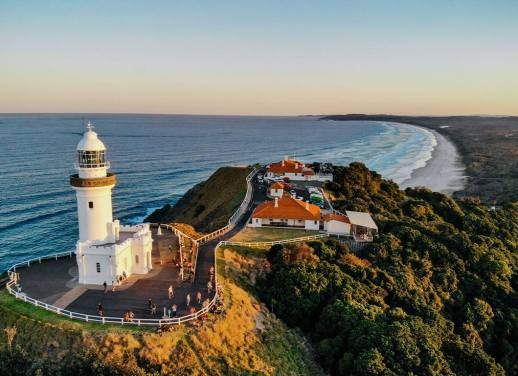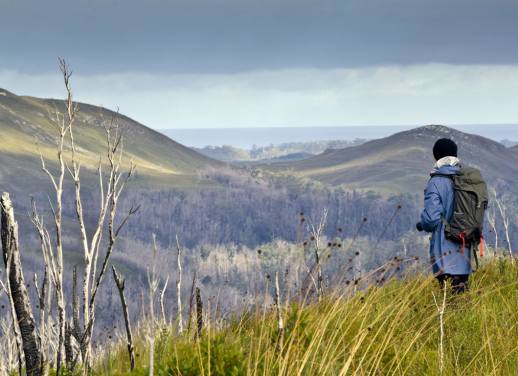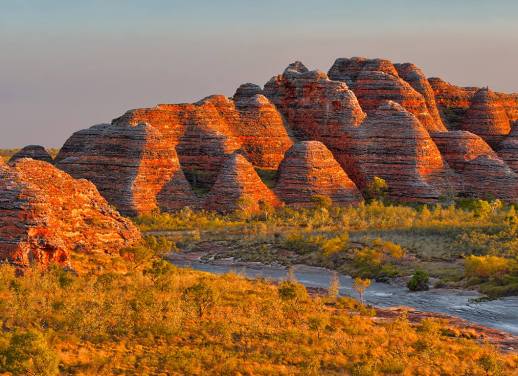Check out some of the local critters you might meet on your Red Centre adventure…
If you close your eyes and think of Australia’s Red Centre, you might picture Uluru rising majestically from the red earth, plummeting red cliffs and long roads surrounded by, well, a whole lot of nothing. It’s hard to imagine how life could survive in such a harsh environment. But hidden within the nooks and crannies of this arid landscape are diverse ecosystems where you’ll find life in many shapes and forms. Many of these animals also appear in Aboriginal creation stories and are culturally significant to First Nations peoples.
Here are nine native animals to look out for in Uluru-Kata Tjuta National Park and Kings Canyon.
1. Thorny devils
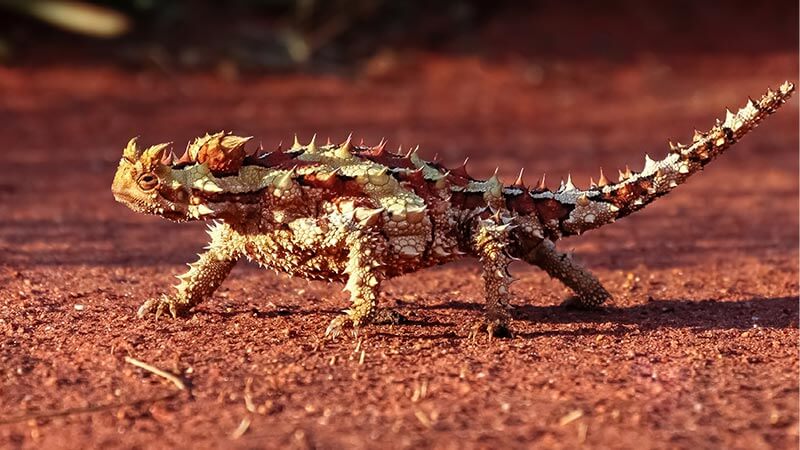
Never judge a book lizard by the number of scary-looking spikes on its body. The thorny devil is part of the Dragon Lizard family, and although their appearance might suggest otherwise, it’s a harmless and timid critter that likes to keep to itself. It grows up to 20 centimetres long and has a ‘pretend head’ on the back of its neck to scare predators. They enjoy sunning themselves (particularly in winter) so pay attention when you’re walking past rocky outcrops.
2. Emus
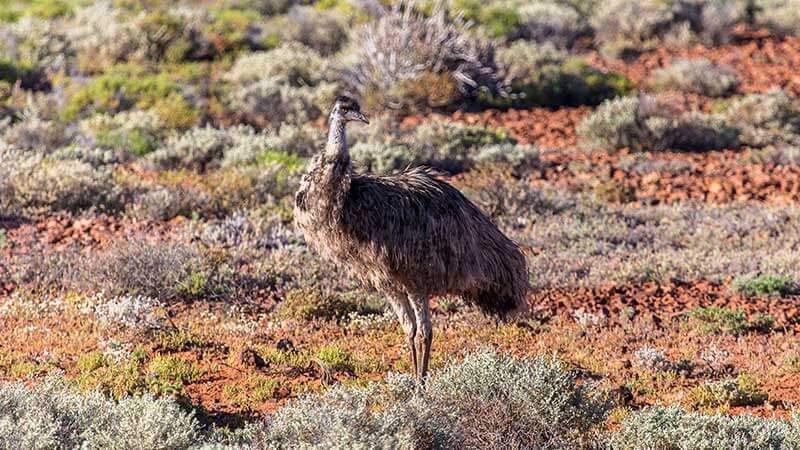
The emu is a sacred animal that appears in many Aboriginal cultural stories. Standing at 190 centimetres tall and weighing a hefty 55 kilograms, it’s the second-largest living bird on earth (after the ostrich). It has a big, curvaceous body, soft brown feathers and a large pointy beak. They can’t fly, but they can run at an impressive speed of 50 kilometres per hour – which means they’d beat Usain Bolt in a race.
3. Mala (rufous hare wallaby)
The Mala used to be one of the most abundant marsupials in the Red Centre, but due to predators (mostly cats and foxes which were introduced to Australia by Europeans) and destructive wildfires, they’re now extinct in the wild. It’s sad, I know. But the good news is that Parks Australia has been working closely with the Anangu people on a mala reintroduction program in Uluru Kata Tjuta National Park. It started in 2005 and there’s now a healthy number of mala living in a feral-proof enclosure within the park. The long-term survival of the species looks promising.
4. Red kangaroos
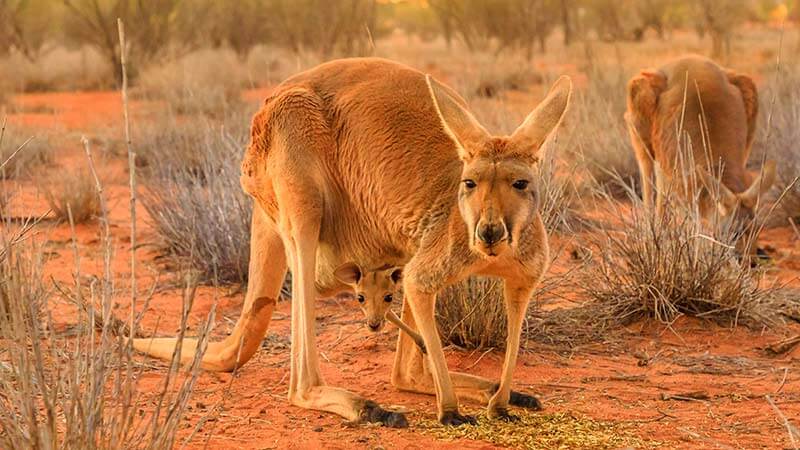
The red kangaroo looks a little different to other kangaroo species. They have silky, reddish fur and white fur on their belly and limbs. They’re Australia’s biggest marsupial and land mammal – males can grow up to 2.4 metres tall and weigh 85 kilograms, while females are a bit smaller weighing in at 35 kilograms. The red kangaroo is also a traditional food source for the Anangu, while their leg tendons were used to bind wooden spears. Keep a lookout for these guys hanging out in the shade.
5. Desert dingos
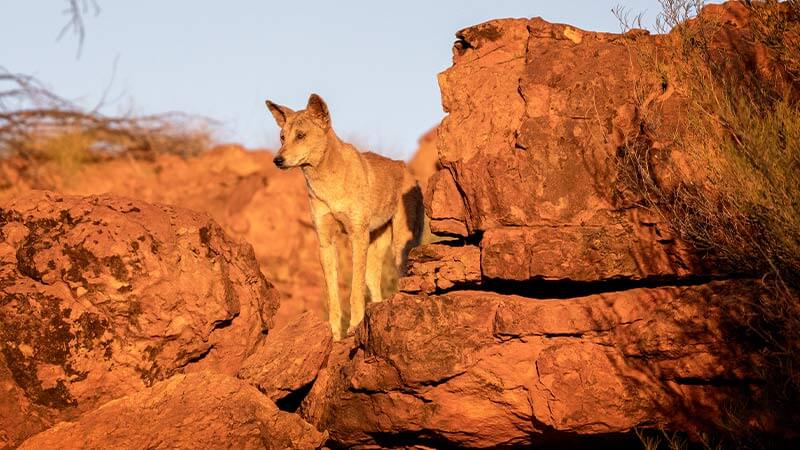
The dingo is an Australian icon. They look like a mix between a dog and a wolf, and instead of barking, they howl. You’re most likely to see one between dusk and dawn when they’re out hunting for kangaroos, reptiles or birds. Dingos are generally shy around humans, but if you’re camping, make sure you stow away your food as they’re certainly not shy of pinching food if the opportunity arises.
6. Bilbies
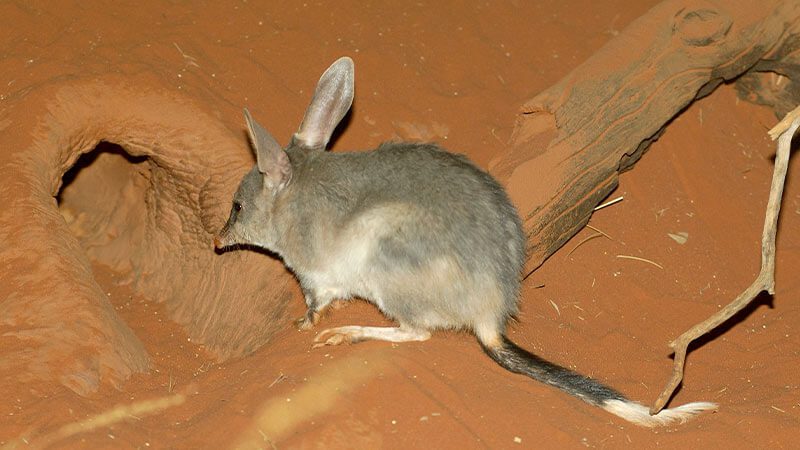
With long, rabbit-like ears and silky blue-grey fur, the bilby is one of the cutest marsupials. They’ve lived in Australia for up to 15 million years and were once found in over 70% of the country, but this percentage has dropped to just 15% due to non-native predators, drought and habitat loss.
They sleep during the day in a sophisticated network of burrows which they build with their strong claws. You’re most likely to see one after dark when they scurry out of their cosy burrows to hunt for termites, grass seeds and small insects.
7. Black-footed rock wallabies
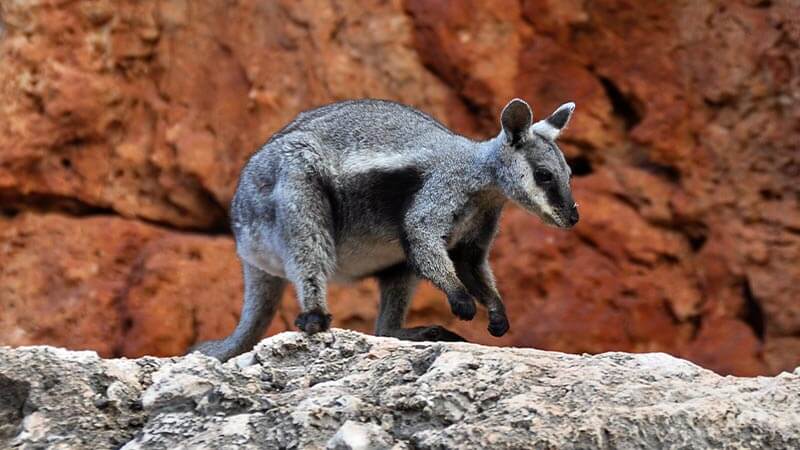
Black-footed rock wallabies look different to other wallaby species with a silky grey face, a dark stripe running from the spine to the head, and a dark tail and feet. They’re super agile and can run up to speeds of 20 kilometres per hour. Like bilbies, they’re nocturnal, so you have the best chance of seeing one at dusk and dawn when they’re out foraging for leaves, grass and fruits. They’re very shy, so your best bet is to crouch behind a rock if you want to catch a glimpse.
8. Blue-tongue lizards
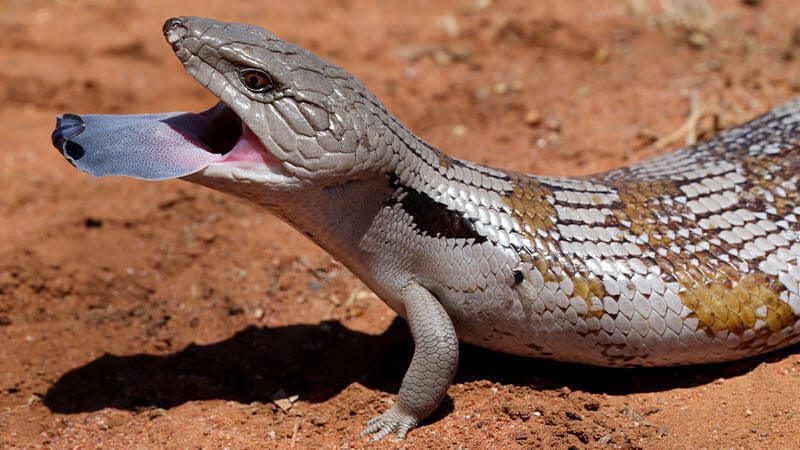
This lizard is named after its bright blue tongue. They don’t move very fast as they have big heads, long bodies and small legs, so their diet mostly consists of insects, vegetation and sometimes other lizards. You’re most likely to see one on a rock during the day as they like sunning themselves to warm their blood. The blue-tongue lizard appears in the Anangu story of the Lungkata which teaches us not to steal from others. You can learn more about this story on the Lungkata walk at Uluru.
9. Centralian tree frog
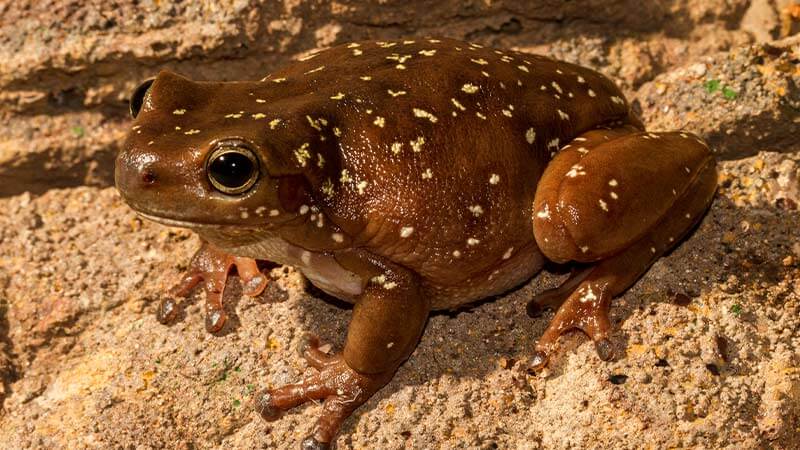
These little guys enjoy dark, warm environments, so pay attention to rocky cracks and crevices on your walks. You have a good chance of spotting a Centralian tree frog (and other desert frogs) in the summer after decent rainfall – or in the days leading up to it as they have an awesome ability to know when heavy rains are coming.
If you’re curious about these native critters, check out our Uluru-Kata Tjuta and Kings Canyon tours.

